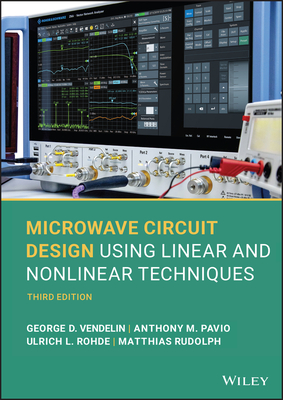商品描述
This book provides a unified treatment of Flip-Flop design and selection in nanometer CMOS VLSI systems. The design aspects related to the energy-delay tradeoff in Flip-Flops are discussed, including their energy-optimal selection according to the targeted application, and the detailed circuit design in nanometer CMOS VLSI systems. Design strategies are derived in a coherent framework that includes explicitly nanometer effects, including leakage, layout parasitics and process/voltage/temperature variations, as main advances over the existing body of work in the field. The related design tradeoffs are explored in a wide range of applications and the related energy-performance targets. A wide range of existing and recently proposed Flip-Flop topologies are discussed. Theoretical foundations are provided to set the stage for the derivation of design guidelines, and emphasis is given on practical aspects and consequences of the presented results. Analytical models and derivations are introduced when needed to gain an insight into the inter-dependence of design parameters under practical constraints. This book serves as a valuable reference for practicing engineers working in the VLSI design area, and as text book for senior undergraduate, graduate and postgraduate students (already familiar with digital circuits and timing).
商品描述(中文翻譯)
本書提供了對於奈米 CMOS VLSI 系統中觸發器(Flip-Flop)設計與選擇的統一處理。討論了與觸發器中的能量延遲權衡相關的設計方面,包括根據目標應用的能量最佳選擇,以及在奈米 CMOS VLSI 系統中的詳細電路設計。設計策略在一個連貫的框架中推導出來,明確包括奈米效應,如漏電、佈局寄生效應以及製程/電壓/溫度變化,這些都是相較於該領域現有研究的主要進展。相關的設計權衡在廣泛的應用和相關的能量性能目標中進行探討。討論了各種現有和最近提出的觸發器拓撲。提供了理論基礎,以為設計指導方針的推導奠定基礎,並強調所呈現結果的實際方面和後果。當需要時,介紹了分析模型和推導,以深入了解在實際限制下設計參數之間的相互依賴性。本書作為在 VLSI 設計領域工作的實務工程師的寶貴參考資料,也可作為已熟悉數位電路和時序的高年級本科生、研究生及研究所學生的教科書。


























